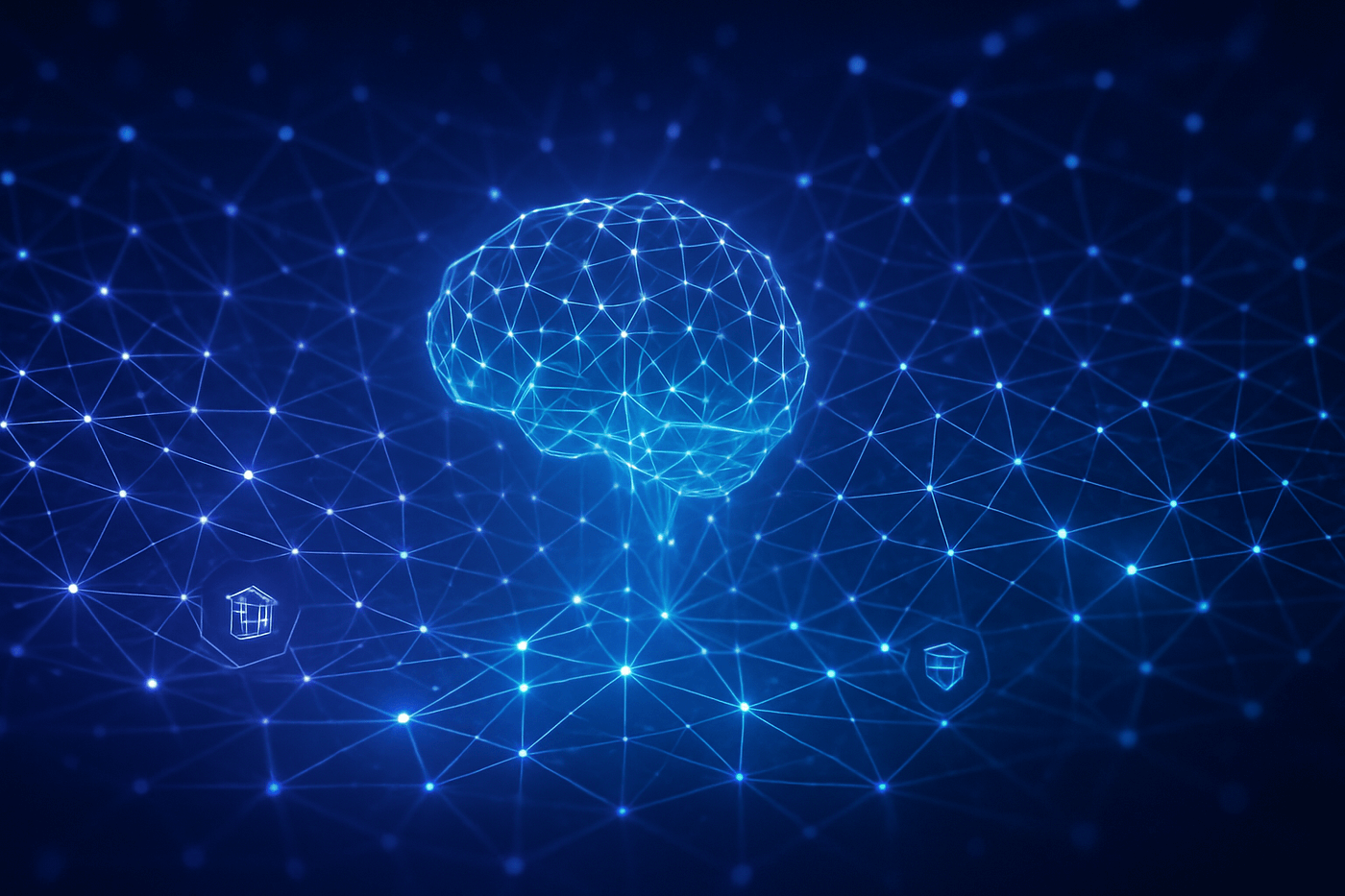Knowledge graphs rarely introduce themselves. You feel them instead, when a search engine understands that “Jaguar” might be a car, an animal, or a football team; when a service chatbot stitches together your order history, shipping status and warranty without asking you to repeat yourself. Behind that quiet competence sits a graph: a living map of entities (people, products, places, policies) and the relationships between them. For data scientists, this isn’t just infrastructure. It’s a strategic asset that reshapes how we collect, reason over, and operationalise data for AI.
From web search to the boardroom
Search engines popularised knowledge graphs by turning unstructured pages into structured facts. The same trick now powers enterprise AI. A pharmaceutical firm connects compounds to trials to contraindications; a retailer links SKUs to suppliers, carbon footprint, and return rates; a bank maps customers to devices, transactions, and risk signals. In each case, the graph provides context that tables alone can’t: who is related to whom, and how that context evolves.
If you’re building skills for an AI-heavy role, you’ll soon notice how often graphs show up, in feature engineering, fraud rules, question answering, and retrieval-augmented generation (RAG). It’s one reason learners enrolling in a data science course in Bangalore increasingly expect modules on graph thinking, not just model fitting.
What makes a knowledge graph different
Classic data models answer “what is the value in this row?” Graphs answer “what is the neighbourhood around this thing?” That shift unlocks several capabilities:
- Semantics over schemas: Ontologies encode meaning, “employee reports to manager”, “device owned customer”, so models can generalise across systems even when field names differ.
- Reasoning and constraints: Business rules live beside data; inference can add new edges (“if A owns B and B buys C, then A is indirectly exposed to C”).
- Time as a first-class citizen: Versioned edges capture state changes, price lists, access rights, and supplier status, crucial for audits and causal analysis.
- Polyglot readiness: Graphs happily sit atop lakes and warehouses, enriching them rather than replacing them.
Where graphs elevate data science
Semantic search and RAG: LLMs hallucinate when context is thin. A graph narrows the search space, retrieving authoritative nodes and edges to ground responses.
Fraud and security: Rings are patterns in a graph, shared devices, addresses, IPs, spotted via community detection, shortest paths, or motif search.
Personalisation: Recommendations can consider multi-hop relationships (“users like you → viewed this guide → bought accessory X”) instead of single-table joins.
Operational analytics: Root-cause analysis across process graphs (events, services, deployments) reveals cascading failures faster than isolated dashboards.
Feature engineering: Graph embeddings (node2vec, GraphSAGE) compress neighbourhood signals into dense vectors that boost classifiers downstream.
Design choices that matter
Start with the questions, not the tooling. Good graphs are purpose-built:
- Ontology stewardship: Keep a small, stable core (Customer, Product, Contract, Channel) and extend with domain modules. Appoint owners to prevent “edge sprawl.”
• Identity resolution: Unify entities with probabilistic matching, names, emails, addresses, device fingerprints, recording confidence and provenance.
• Storage model: RDF + SPARQL suits standards-heavy domains and reasoning; property graphs with Cypher/Gremlin excel at developer ergonomics and path queries. Many teams blend both through ETL views.
• Governance baked in: Attach lineage and access policies to nodes/edges; treat PII as a subgraph with stricter controls; log every change for auditability.
• Performance posture: Pre-compute hot paths, cache subgraphs, and maintain materialised features for real-time scoring.
Building the pipeline
Ingest: Pull from operational systems, logs, and external sources; normalise units and codes; stamp every assertion with source and timestamp.
Link & enrich: Use deterministic rules first (IDs, VAT numbers), then ML for fuzzy matching; enrich with taxonomies (e.g., product categories, geohierarchies).
Validate: Shape constraints (e.g., SHACL) and schema tests ensure graph quality; outliers are placed in a quarantine queue.
Serve: Expose three interfaces, query (graph DB), search (vector or BM25 over nodes), and feature service (pre-computed embeddings/graph features).
Monitor: Track coverage (the number of entities linked), freshness (edge staleness), and correctness (disagreements between sources).
Patterns for AI teams
RAG over KG: Use the graph to find authoritative facts, then compile a compact context packet for the model; include provenance to justify answers.
Policy-aware prompts: Add graph-driven access checks so the model retrieves only what a user is entitled to see.
Closed-loop learning: Feedback from user interactions (clicks, approvals, corrections) writes back into the graph, tightening future retrieval.
Measuring ROI
Knowledge graphs pay off when they shorten time-to-insight and reduce rework. Practical KPIs include faster root-cause analysis, higher precision in fraud detection with fewer false positives, improved answer quality in enterprise search, quicker onboarding of new data sources, and a measurable lift in downstream model accuracy when graph features are added.
A pragmatic starter plan
- Pick a narrow, high-stakes use case (e.g., “Why do deliveries miss SLA?”).
- Model five to seven core entities and a dozen relationships; keep names business-friendly.
- Ingest two systems first; link, validate, and expose simple queries and a dashboard.
- Add a thin RAG layer for natural language questions; measure answer quality against a gold standard.
- Iterate monthly: expand coverage, retire brittle edges, and codify new rules as ontology updates are made.
Final thought
The most successful AI programmes don’t treat knowledge graphs as another database. They treat them as an operating system for context, an evolving memory that keeps models honest, decisions explainable, and teams aligned on meaning. For practitioners and leaders alike, fluency in graph thinking is becoming increasingly essential. If you’re mapping your own learning path, perhaps via a data science course in Bangalore that emphasises real-world projects, make sure it includes modelling relationships, not just fitting curves. That’s where tomorrow’s AI advantage is already taking shape.
